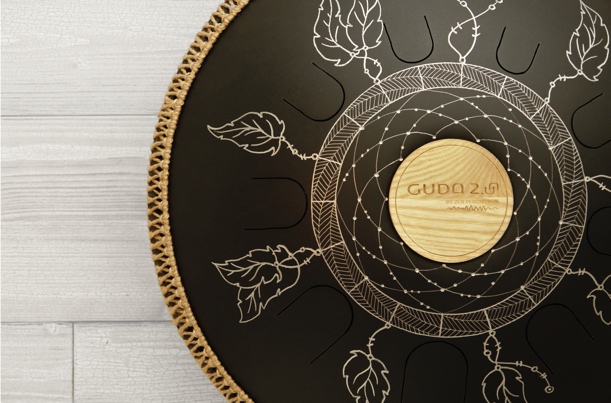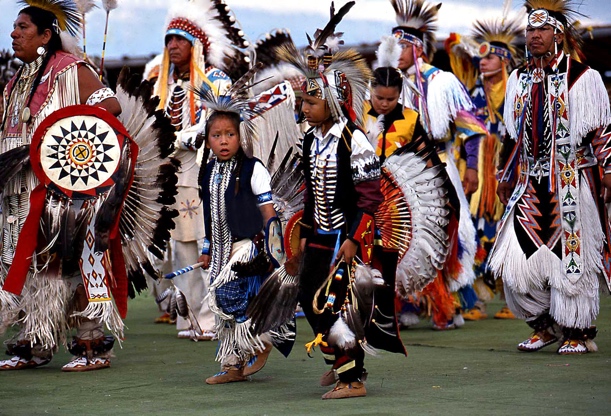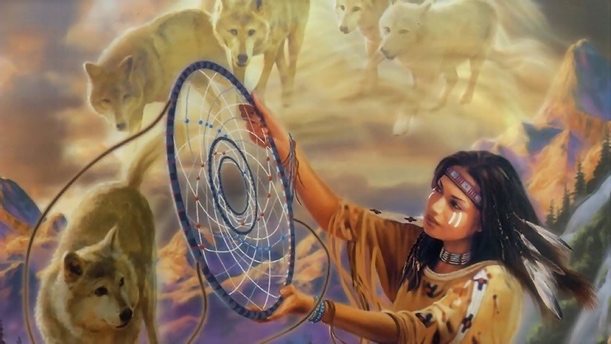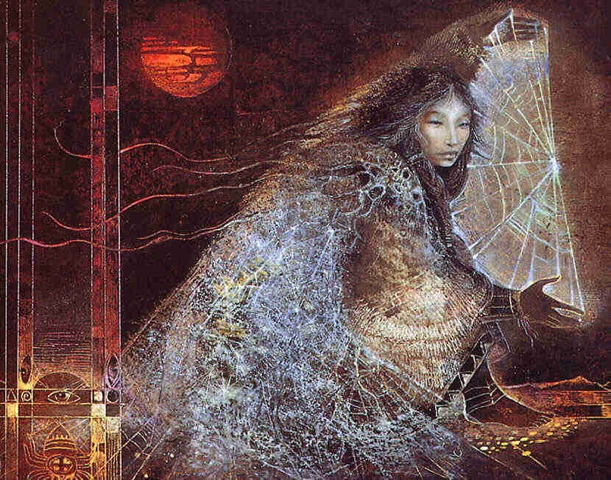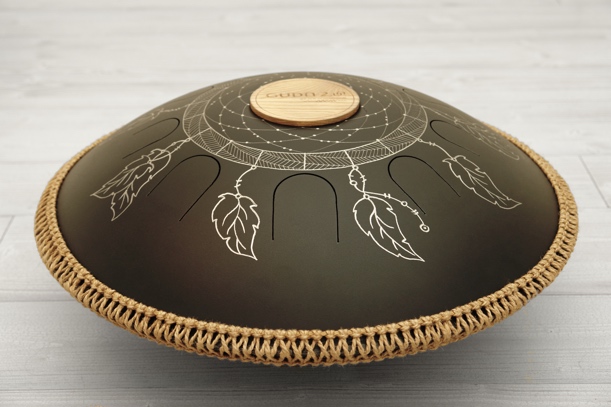No products
Top sellers
-

Freezbee Flower of Life
Enigma scale: A C D E F G A C Rope decoration is include Materials:...
$369.00 -

Freezbee Morning Star
Enigma scale: A C D E F G A C Rope decoration is include Materials:...
$339.00 -

-

Freezbee Sri Yantra Black Diamond
Enigma scale: A C D E F G A C Rope decoration is include Materials:...
$339.00 -

-

Freezbee Premium Black
Enigma scale: A C D E F G A C Rope decoration is include Materials:...
$369.00 -

Freezbee Dreamcatcher Black Diamond
Enigma scale: A C D E F G A C Rope decoration is include Materials:...
$349.00 -

StandArt 2.0 Plus+ Pure Black
Equinox scale Materials: stainless steel Handmade Engraving Custom scale...
$569.00 -

Freezbee African Graphite
Enigma scale: A C D E F G A C Materials: Stainless steel. Handmade...
$369.00 -

Freezbee Premium with bag
Tonus Scale: Bb C D F G A Bb C Rope decoration is include Materials:...
$399.00
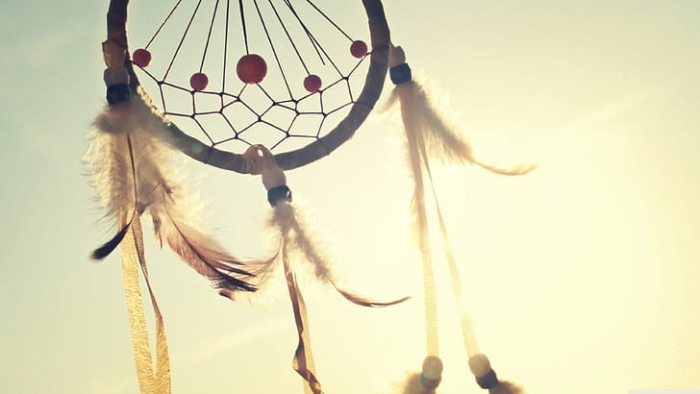
DREAMCATCHER SYMBOLISMS & GUDA DRUM STEEL TONGUE DRUM
The dreamcatcher is an ancient Indian talisman that served as protection against evil spirits. It’s no accident that it bears a resemblance to a spider web: the Indians believed that bad dreams would be ensnared in the web, while good dreams would slip through the hole in the center, and from there be channeled into the sleeper.
The symbols engraved on the drum not only please the eye, but they also impart meaning to the instrument, imbuing the sounds it produces with a special power. You need only select a design that resonates with you and your artistry. The older the symbol, the deeper its meaning, and the more nuances it contains within its imagery.
This charm was made of threads and deer tendons which were attached to a willow branch bent into a circle; several feathers were likely also attached, as well as beads made of wood, bone and stone. The dreamcatcher would be hung over the sleeper, close to his head. And it fostered not only good, but also prophetic dreams, protecting him from negative magic. Dark, evil dreams were dissipated, entangled in the web, while good, important knowledge freely fell upon the person.
Guda drums featuring the Dreamcatcher design are guides to the world of dreams, and their rhythms will direct the mind and soul towards pure, positive energy.
According to the legend of the Lakota people, the first dreamcatcher was made by an ancient ancestor to whom the ancient spirit of wisdom appeared in the form of a spider. The spider showed him how to make a circle out of the willow branch, adorn it with a bird feather, and then weave a webbing pattern in the circle made by the branch.
The spider spirit revealed to the man that the willow circle symbolizes the life of man: starting out as a baby, he grows, matures, and then tends other babies — his children and grandchildren. Thus, the circle closes. In relating this tale, the spider wove a pattern, and left a hole in the center of the web. He explained that this hole was created so that all evil thoughts and passions that led a person along the wrong path would become entangled in the web, and melt away with dawn, while good thoughts and true aspirations passed through the center would fall right into the heart of the sleeper, helping him or her make the right choices in life.
And so the dreamcatcher has come to symbolize the purification of the mind and heart, and how to choose between what is right, and find a path in life.
The Ojibwe people have their own version of the dreamcatcher. According to their legend, it was created by the spider spirit Asibikaashi, who cared for children. When there were a lot of children, it was difficult for her to tend to each cradle, to drive away evil spirits and bad dreams from the children, and so she created an amulet that symbolized the path of the sun in the sky with its round shape, while the number of places where the gossamer threads connected to the circle ‑ eight ‑ were the legs of a spider. She taught women to make these amulets for their children, and thus protect them. The web protected children ‑ bad dreams and evil spirits would get stuck in it, while what was good would make its way through the center to reach the children. When the branch dried out ‑ it would break apart from the tension of the threads ‑ then it was believed that by then the dreamcatcher had absorbed a lot of negative energy, and so this destruction symbolized the transience of childhood ‑ the child had grown, and no longer needed the care of the spider.
Siberian shamans also made dreamcatchers, but no child’s amulet were they: rather, they were a magic tool wielded by the shaman. The shaman hung a dreamcatcher over his headboard, and the dreamcatcher helped the shaman to control his dreams: prevent evil spirits who send nightmares from entering them, and also help him see the future in the dreams, give him hints about what to do in difficult situations, talk with good spirits and ask them for advice about important decisions. The shaman’s dreamcatcher wasn’t just there to ensure sweet dreams – it was a guide to the spirit world, a portal to secret knowledge, to wisdom on how to separate truth from lies.
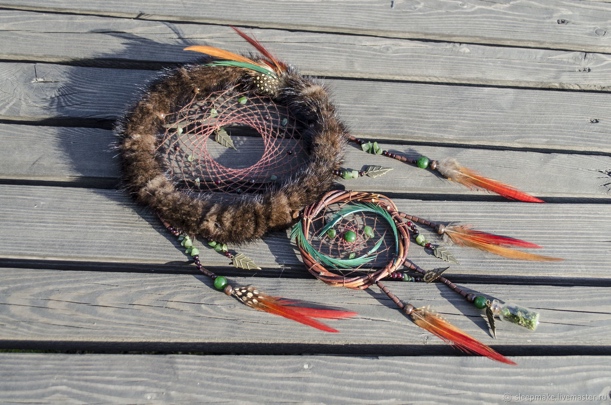
Evil spirits and negative energy entangled in the talisman's web would be vanquished by the rays of the sun, which is why the dreamcatcher was hung where it was sunny in the afternoon. A string with feathers and beads hanging from an amulet served as a conductor of knowledge from the “antenna” to the shaman himself. Prophetic dreams would slide over the soft feathers to the sleeper, bringing him long-awaited answers to questions.
Thus, Guda’s meditative drum with the dreamcatcher design is an instrument for working with dreams, helping people not only discover the world of rhythm, but also to delve into the mysterious world of dreams to find sought-after knowledge and wisdom.

